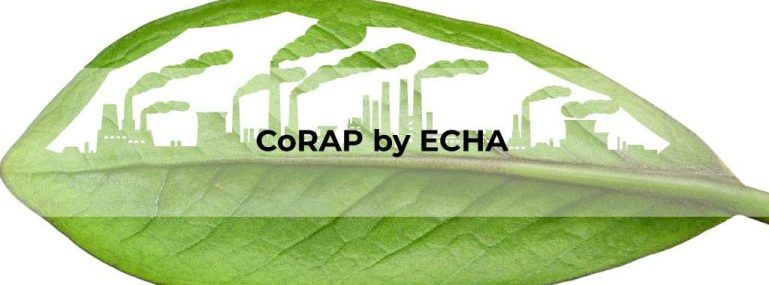CoRAP (Community Rolling Action Plan) prioritizes Substances for evaluation for a period of three years. Substances that require an immediate evaluation are listed in first year of the plan. Member states will evaluate the risk of substance listed CoRAP.
ECHA updates the plan every March in order to advance planning for the coming year and add new substances. The plan can include the revision of already listed substance. When a member state has information suggesting a substance is priority for evaluation, they can notify the substance at any time for inclusion.
A risk based criteria is used by ECHA and Member states for the selection of substances for the CoRAP. The selection criteria covers hazard information (Substance fall under – PBT, Endocrine disruption or CMR), exposure information and total registered volumes.
CoRAP will check if the listed substance has any serious risk to Human health or environment. The evaluation might end up in either of the two ways:
- The risk is under control with the existing measures, need not require any additional measures.
- If the Member state conclude that the substance has a risk, then below options are addressed,
- Harmonized classification and labelling for carcinogenic, mutagenic or reproductive toxicity, respiratory sensitiser or other effects
- To identify as the substance of very high concern.
- To restrict the substance
- Actions outside the scope of REACH such as a proposal for EU-wide occupational exposure limits,
CoRAP process uses all the dossiers registered by the registrants. As on 1st of Sep 2021, new substance evaluation conclusions are published for below 3 chemicals:
- Silicon Dioxide – CAS 7631-86-9. This was added to CoRAP list in 2012 and was evaluated by Netherlands.
- This is used as a repellent in plant protection products.
- Conclusions made: The substance has concluded for Harmonized Classification and Labelling, Need for follow-up regulatory action at EU level and Other EU-wide measures.
- Dichloromethane -CAS 75-09-2. This is added to CoRAP list in 2016 and evaluated by Italy. Dichloromethane is a restricted substance in the Annex XVII of the REACH Regulation (Entry 59).
- Conclusions made: This has been concluded as Need for follow-up regulatory action at EU level and Harmonized Classification and Labelling
- Bis(2-ethylhexyl) adipate – CAS 103-23-1. This was added to CoRAP list in 2020 and evaluated by Finland.
- Conclusions made: This has been concluded as Need for follow-up regulatory action at EU level and Harmonized Classification and Labelling





